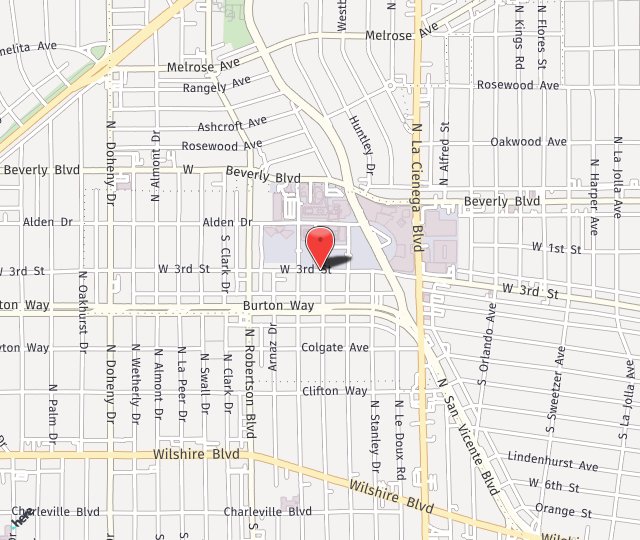When Your Face Becomes Paralyzed
- Posted on: Jul 15 2019

Dr. Seruya treats this condition at his two Los Angeles locations.
What is Bell’s palsy?
Named after a 19th century Scottish surgeon, Bell’s palsy is the most common form of facial paralysis in the U.S., with approximately 15,000 to 40,000 cases a year. It occurs when cranial nerve number 7, also known as the facial nerve, is injured. This injury causes sudden, temporary weakness in your facial muscles. This usually makes the patient’s face appear to droop, with a one-sided smile and difficulty closing the eyelid on that side of the face.
For most people, Bell’s palsy is temporary. Symptoms usually start to improve within a few weeks, with complete recovery in about six months. A small percentage of people continue to have symptoms for life. Bell’s palsy can also recur.
What are the symptoms of Bell’s palsy?
Bell’s palsy comes on suddenly and can be quite disturbing to the patient. It usually affects one side of the face. These are the signs and symptoms:
- Rapid onset of mild weakness to total paralysis on one side of the face, occurring within hours to a couple days
- Facial droop, difficulty making expressions, difficulty closing your eye
- Drooling
- Pain around the jaw or in or behind your ear on the affected side.
- Increased sensitivity to sound on the affected side
- Headaches
- Decrease in sense of taste
- Changes in the amount of tears and saliva produced
What causes Bell’s palsy?
There isn’t an exact reason for a person coming down with Bell’s palsy, but it is thought it is related to exposure to a viral infection. These are the viruses that are linked to Bell’s palsy: herpes simplex (cold sores, genital herpes), herpes zoster (chickenpox, shingles), Epstein-Barr (mononucleosis), adenovirus (respiratory illnesses), rubella (German measles), mumps, influenza B, coxsackievirus (hand-foot-and-mouth disease).
Bell’s palsy occurs more often in people who are pregnant (especially during the third trimester), have an upper respiratory infection, or have diabetes.
Treatment
Dr. Seruya will first make sure your symptoms are not caused by other conditions, such as stroke or Lyme disease, which can mimic the symptoms of Bell’s palsy. Most patients fully recovery from Bell’s palsy, but Dr. Seruya will likely use corticosteroid injections to reduce swelling of the facial nerve. These anti-inflammatory medications allow the nerve to fit more comfortably within the bony corridor that surrounds it. Physical therapy will help keep paralyzed facial muscles from shrinking and shortening, which can cause permanent problems.
If you have any signs of Bell’s palsy, or any other nerve issues, please call Dr. Seruya at (310) 423-2129 to schedule an appointment.
Posted in: Facial Paralysis | Bell’s Palsy

